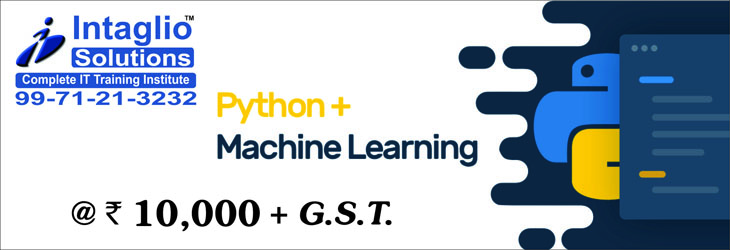
Course Content
What is Python?
Interpreted languages
Advantages and disadvantages
Downloading and installing
Which version of Python
Where to find documentation
Running Python Scripts
Structure of a Python script
Using the interpreter interactively
Running standalone scripts under Unix and Windows
Getting Started
Using variables
String types: normal, raw and Unicode
String operators and expressions
Math operators and expressions
Writing to the screen
Command line parameters
Reading from the keyboard
Flow Control
About flow control
Indenting is significant
The if and elif statements
while loops
Using lists
Using the for statement
The range() function
Sequence Data
list operations
list methods
Strings are special kinds of lists
tuples
sets
Dictionaries
Defining Functions
Syntax of function definition
Formal parameters
Global versus local variables
Passing parameters and returning values
Working with Files
Text file I/O overview
Opening a text file
Reading text files
Raw (binary) data
Using the pickle module
Writing to a text file
Dictionaries and Sets
Dictionary overview
Creating dictionaries
Dictionary functions
Fetching keys or values
Testing for existence of elements
Deleting elements
Errors and Exception Handling
Dealing with syntax errors
Exceptions
Handling exceptions with try/except
Cleaning up with finally
Using Modules
What is a module?
The import statement
Function aliases
Packages
Regular Expressions
RE Objects
Pattern matching
Parsing data
Subexpressions
Complex substitutions
RE tips and tricks
Highlights of the Standard Library
Working with the operating system
Grabbing web pages
Sending email
Using glob for filename wildcards
math and random
Accessing dates and times with datetime
Working with compressed files
An Introduction to Python Classes
About o-o programming
Defining classes
Constructors
Instance methods
Instance data
Class methods and data
Destructor’s